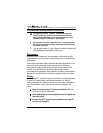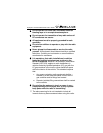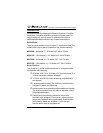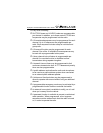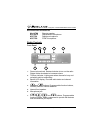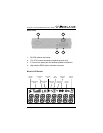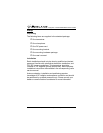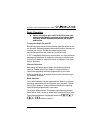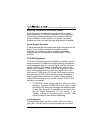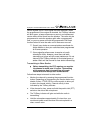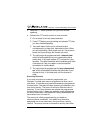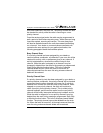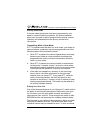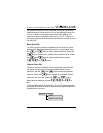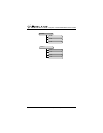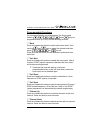
Olympian™ Series Mobile Radio User’s Guide
12 © 2007, Midland Radio Corporation http://www.midlandradio.com
Receiving Transmissions from Other Radios
Each channel of your radio may be programmed for carrier
squelch operation, CTCSS/DCS operation or 2-tone operation.
The following paragraphs describe these modes of operation.
Ask your dealer or communications coordinator if you have
questions on how your radio has been programmed to operate.
Carrier Squelch Operation
A signal that matches the programmed receive frequency will be
heard if it is of sufficient strength to exceed the squelch
threshold. An on frequency signal exceeding the squelch
threshold level will be indicated by a steady green Tx/Busy
indicator.
CTCSS/DCS Operation
CTCSS or DCS signaling adds an additional condition to carrier
squelch operation. In addition to the signal having to exceed the
squelch threshold level, the received signal must also have the
correct CTCSS or DCS tone or code before the audio will be
passed to the speaker. CTCSS or DCS signaling allows multiple
users on the same frequency to hear only signals which have
their correct CTCSS tone or DCS code. An on frequency signal
with the correct CTCSS or DCS signaling will be indicated by a
steady green TX/Busy indicator. An amber TX/Busy indicator
means that the channel is busy, but the correct CTCSS or DCS
signaling is not present.
CTCSS/DCS allows multiple users to share the same
frequency. However CTCSS/DCS is only useful to avoid
disturbing other users with messages not related to them.
If more than one radio is transmitting at the same time,
this will cause interference. Do not transmit if the
TX/Busy indicator is illuminated green or amber. Wait
until the channel is clear before transmitting.
2-tone Operation
2-tone signaling allows individual or group calls to be made to
your radio. The radio may have been programmed to mute all



